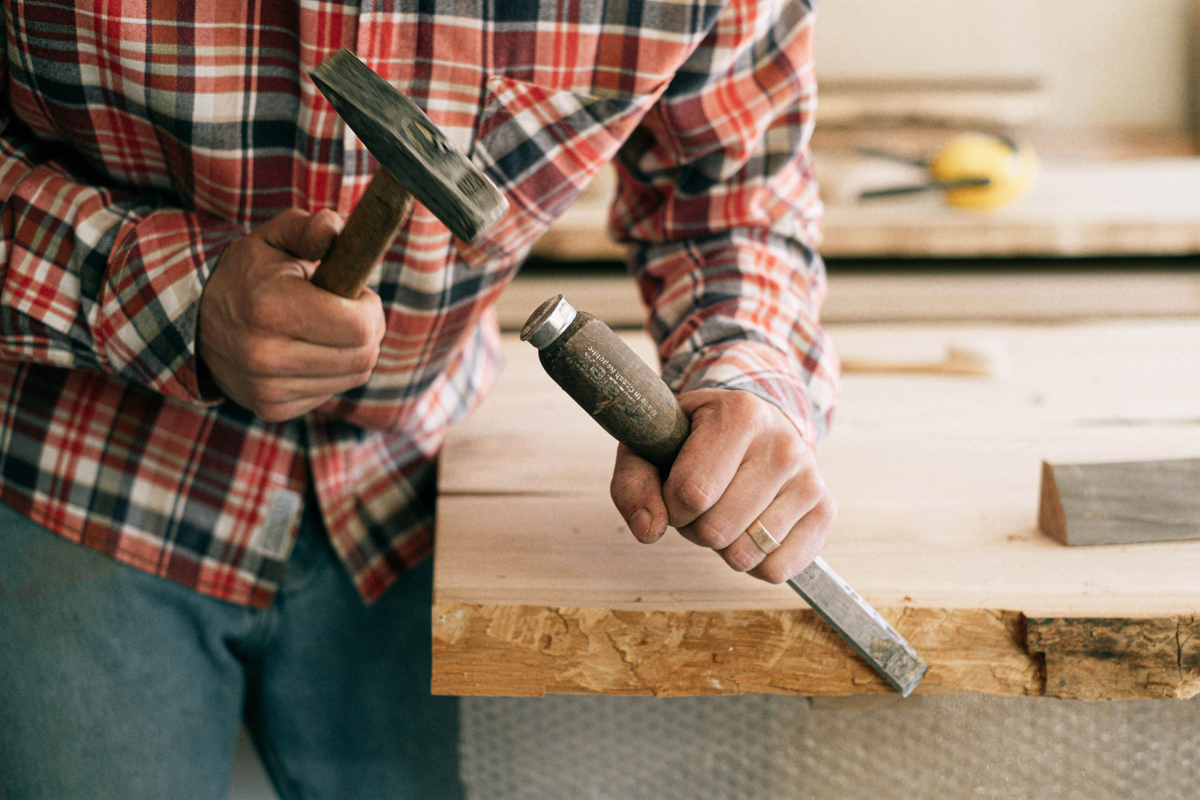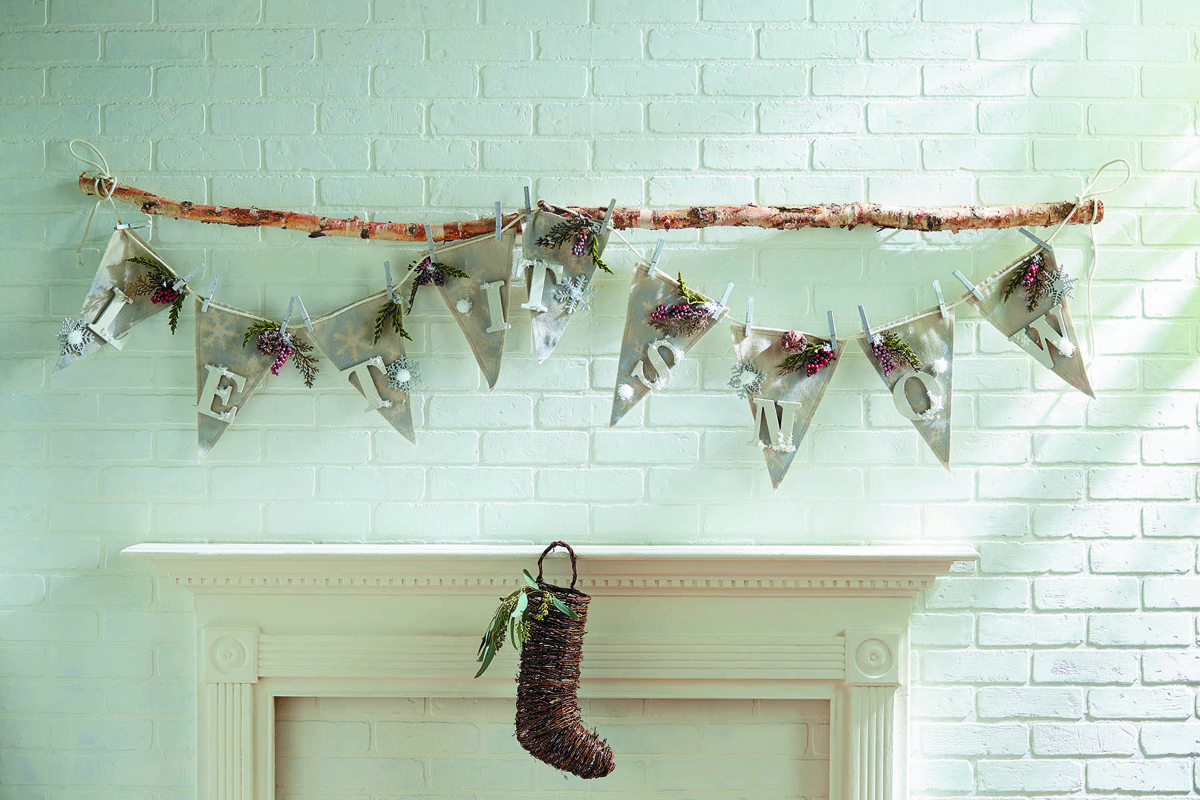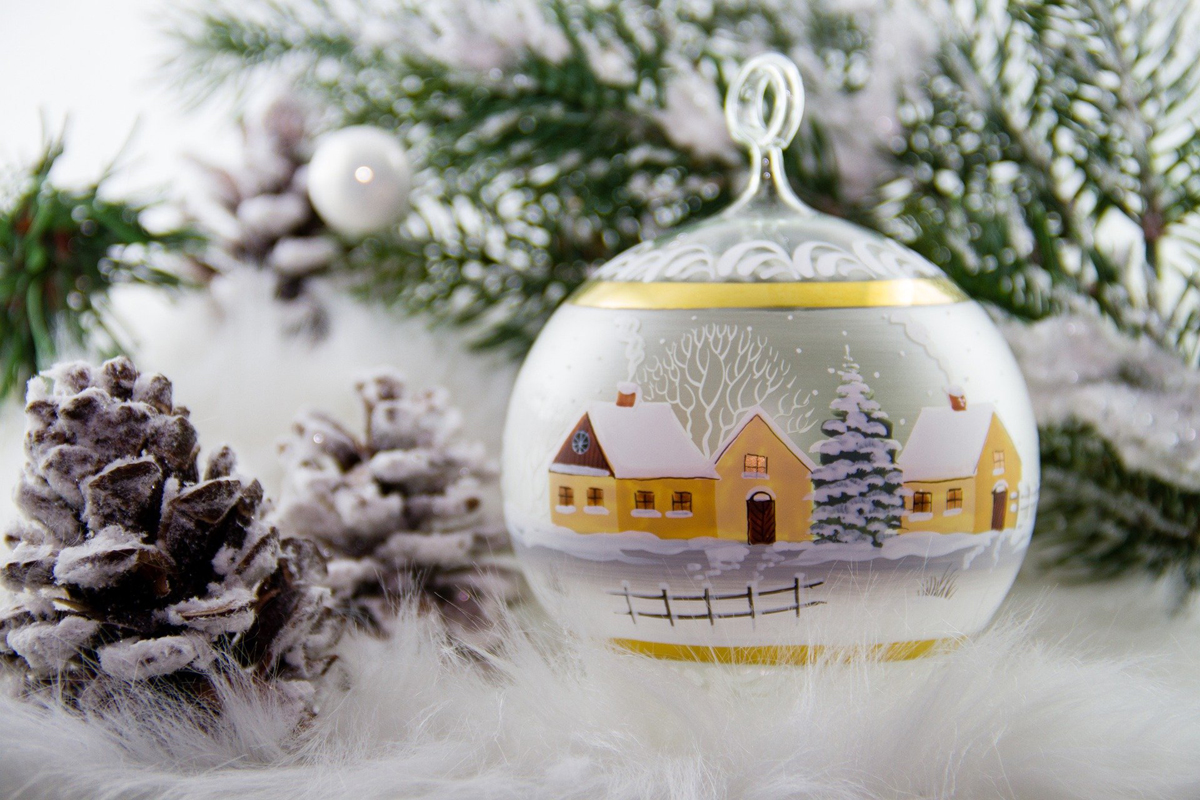Types of Chisels

Your chisel can be one of your simplest, yet most useful woodworking tools. Its simplistic design makes it easy to handle and can help you to quickly solve a variety of problems. It can be used to remove big chunks of wood, metal or stone. Or, it can be used in finishing and to create intricate details. There are many types of chisels and each has a variety of functions.
In general, there are two types, ones that you hit with a mallet and ones that are intended for paring or shaving. Most modern chisels will have a larger flat head on the handle if they are intended for pounding with a mallet, or they’ll have instructions imprinted on the handle or on the package. Older mallets can be a little harder to tell. Most will have a metal ring around the handle near the butt of the chisel.
A slick is never intended for pounding. A slick is a chisel that has a blade wider than most, two to four inches wide, and is intended for pushing, not pounding. The handle will be more slender. The blade and the handle will not be perfectly straight, but should have a slight angle so that when you’re pushing the blade, it will be flat against your work while the handle is high enough for you to fit your hand. A slick can be really long, around two feet, and can be steadied against the forearm or shoulder. These are mostly used by timber framers and ship builders.
Japanese chisels are very popular because of their strength. The blades have layers of two kinds of steel hand pounded together. They may even be laminated by hand over a charcoal fire. Chisel makers are respected artists and sometimes the descendants of sword makers. They often use ebony or other hardwoods that have a unique color or wood grain, and they often sign their work. Japanese chisels are known for maintaining their sharpness. They can easily be identified by the hollow back on the blade.
Japanese chisel makers hollow out the back side so that it is easier for the owner to maintain the flatness of the back. The back side of a chisel needs to be completely flat so that it can slide over surfaces. A high gloss shine is preferable. Any convex, or high points, will cause the chisel to rock and give uneven results. By carving out a concave section in the back center of the blade, there is less metal to keep flattened and less surface area to push against your work.
Chisels can be many feet long or look a lot like a nail. Some are so delicate that they can carve on something as small as a toothpick or tiny dowel. Smaller dowels can be put on a lathe and carved out with a tiny chisel to create wooden toy parts, such as doll house spindles or other decorative pieces. If you’re not sure which type of chisel to use for your woodworking project, consult a professional or search instructions for clues. With a little trial and error, you can improve your chisel skills and create beautiful wooden furniture, wooden toys, and more.
The Author:
Dave Murphy is the founder and president of Good Wood, Inc. which manufactures wood products in Ohio. Good Wood, Inc. makes dowels and dowel rods, wooden balls, wood knobs, wooden toy parts, custom wood parts, and more. They offer safe wood finishing, wood turning and can import dowels from off-shore suppliers when necessary.








